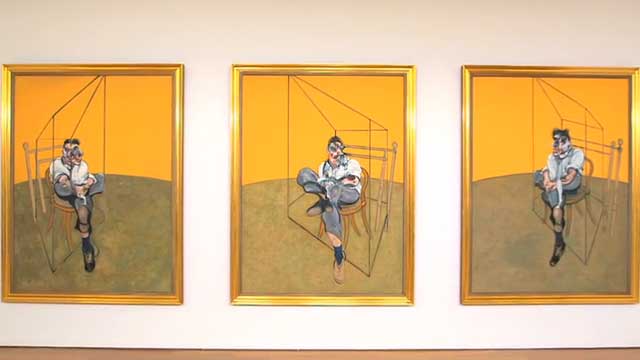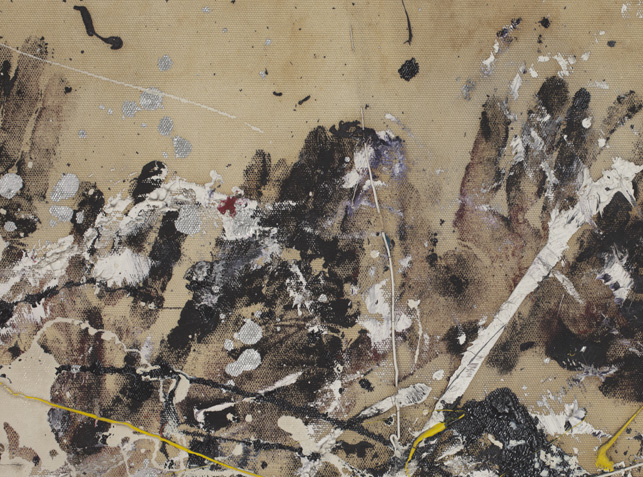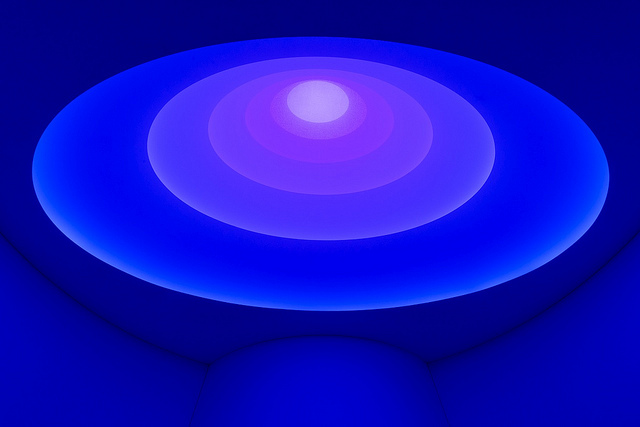I love the occasional feature in Hyperallergic called “How To Talk About Art.” Today the online magazine takes up Francis Bacon, in honor of the coming sale at Christie’s of Bacon’s Three Studies of Lucian Freud (below), in an amusing piece by Cat Weaver.
Excerpts:
…you won’t have to LEARN much in order to talk about Bacon. He really has been boiled down to a pastiche of sensitive artist tropes. That’s because there really isn’t that much to say. The man did talk a lot, but he mostly repeated the same things. Life is full of horrors, and he was just painting it like it is.
…he liked “rough tradeâ€Â and had a disastrous love affair with a dangerous fellow named (no kidding) George Dyer who committed suicide in 1971, leaving the already macabre Bacon just a little more “death obsessed†than usual…
…you can call Bacon an existentialist. Even though prose writers have to go a little deep in order to win the existentialist title, painters need only be postwar and have a veneer gritty enough for “the human condition†to stick to…. For Bacon that would be screaming popes, vaguely abstract sides of beef, twisted and blurred faces, and nightmare concoctions of teeth, necks, and talons, usually against an empty background or in a cage of sorts….
…There’s one very key word to remember when talking about Lucian Freud: TRUTH. Even though the man made every human he ever painted look like a rotten tuber, you are supposed to keep a perfectly sober face while proclaiming that his works were “truthful.â€
There’s more on the site.
We’ll see what the painting brings on Nov. 12. It’s an “estimate on request” at Christie’s but Hyperallergic says the figure is $85 million.
Photo Credit: Courtesy of Christie’s via Hyperallergic




